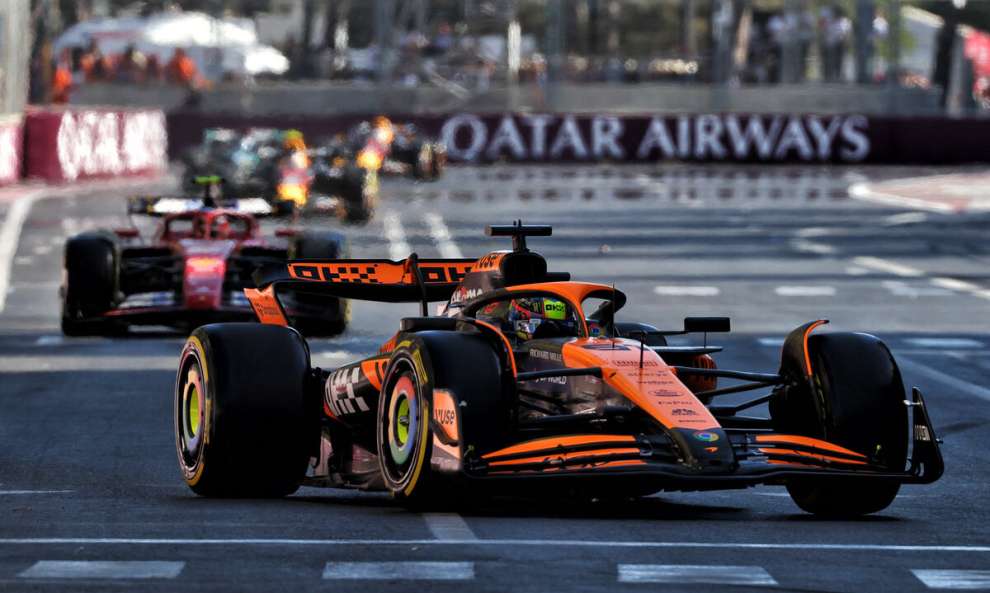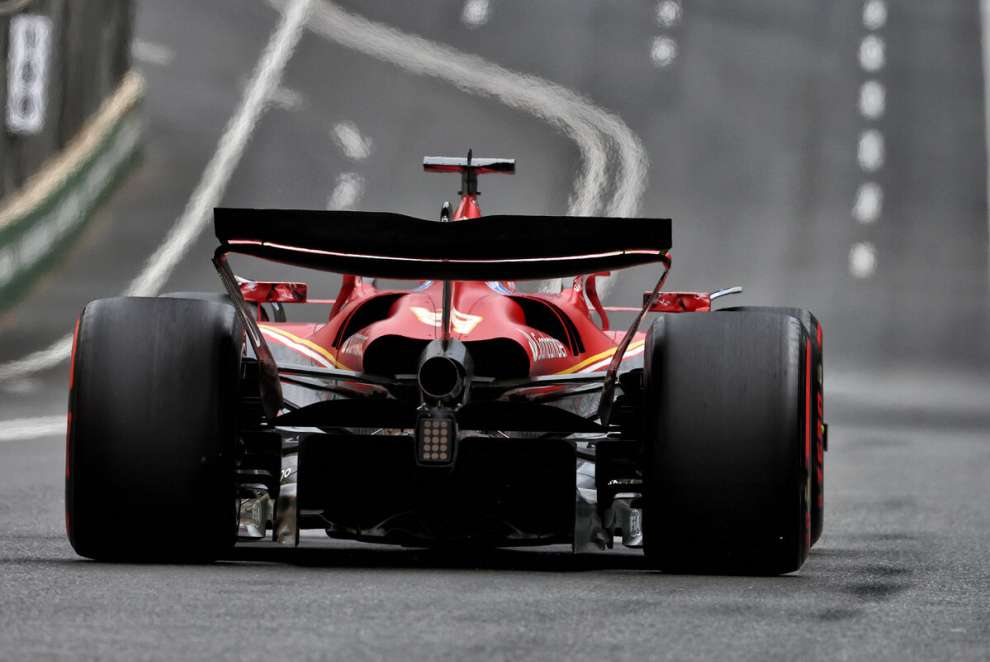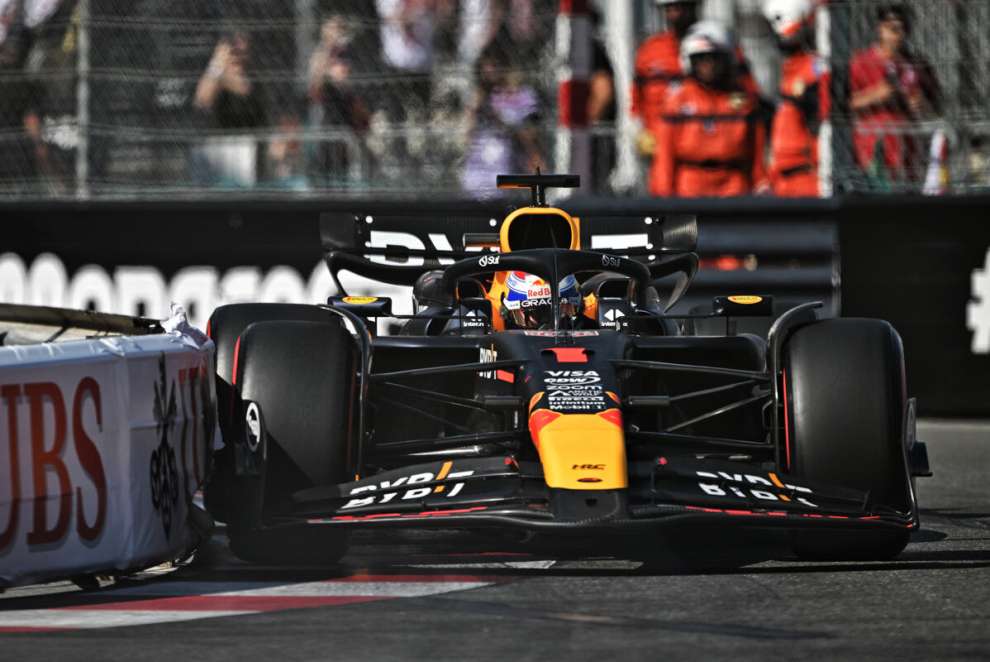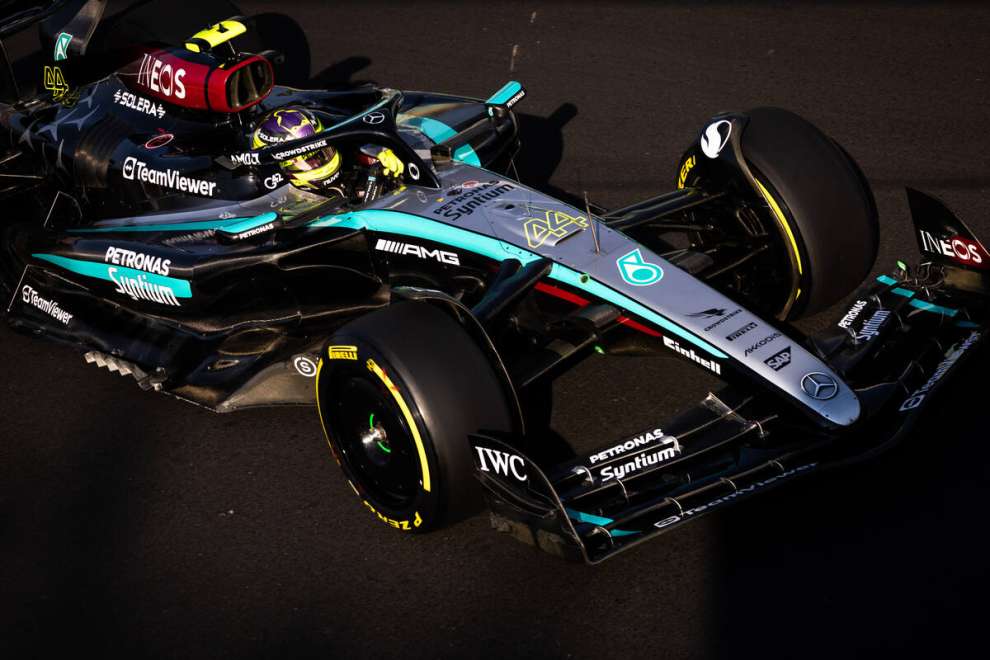By Carlo Platella
With one win each between Monza and Baku, in Singapore Ferrari and McLaren are playing the decisive round that will decree the queen of the month of September. The teams from Maranello and Woking are candidates for a leading role on the Asian city, the track that comes closest to Monte Carlowhere the Italian and British teams stood out. There are many similarities with Baku, but there are just as many differences, outlining a different challenge from the one that took place last week.
Back in town
The biggest similarity between Baku and Singapore is the urban nature of both tracks, with all the consequences that this entails. Among these are the tyres available, with Pirelli reintroduces C3, C4 and C5 compoundsthe softest of the range, as well as the same ones present in Azerbaijan and Monte Carlo. Another common element is the predominance of ninety-degree bends of short duration, where the reactivity at the entrance to the bend and the traction at the exit are more rewarding than the stability in the middle of the bend. The simulations predict peaks of just 3.3 g lateral, far from the 5 g almost reached on the European tracks. In fact, these are bends to be taken at low speed, where the mechanical grip associated with the suspensions takes on importance compared to the adhesion released by the aerodynamic load.
As already appreciated in Baku, Ferrari excels on short and ninety-degree curveswithout exposing its stability limits and working in a particularly effective area of its aerodynamic map. McLaren also defends itself well, especially in the traction phase on exit. The homogeneity of the curves also makes it easier to find balance, an aspect in which Red Bull has continued to struggle for months. It is no coincidence that in Azerbaijan the world champions returned to play for victory with Sergio Perez, while Verstappen’s difficulties were unrelated to balance, depending instead on some unfortunate choices on the set-up. Mercedes for its part hopes to repeat the convincing performance of the 2023 edition. In Singapore, however, the many restarts from low speeds particularly stress the rear wheels, whose overheating continues to be a chronic problem for the W15, as also highlighted in Baku.
High load
That said, the similarities between the two circuits end here. The Singapore one is a more tortuous route than the Azerbaijani onemaking overtaking prohibitive to say the least and placing even more emphasis on the advantage of position on the track. Hence the greater attention dedicated to qualifying during the preparation of the weekend, as well as to man-marking during pit stops. Furthermore, while in Baku the lap averages exceed 210 km/h in qualifying, in Singapore they remain below 200 km/h, the only track on the calendar where this occurs apart from Monte Carlo.
The highlighted merits of the power unit thus change, with the delivery of electric power at the end of the straight taking second place to the torque during traction, a great quality of the Ferrari units. The lower average speeds also push towards the use of maximum aerodynamic load configurationsas there are no long straights to penalize excessively high resistance to advancement. The aerodynamic configurations of the cars are therefore different, as are the mechanical configurations of the suspensions, no longer having to support the high aerodynamic load that was released in Baku at the end of the long straight.

The asphalt
The road surface is also different, generally more abrasive and with greater grip than the Azeri one. However, everything will have to be verified in light of the recent resurfacing which affected the areas between turns 3 and 9, between 10 and 12 and between 14 and 17. In Singapore, the interaction between tyres and asphalt is different compared to Azerbaijan, which is helped by the lower static inflation pressures. Pirelli in fact imposes with 22.0 psi at the front and 20.0 psi at the rear, against the 26.6 and 25.5 psi of Baku.
The difference is due to the absence of long straights on the Asian track, reducing the time spent at high speeds at which maximum aerodynamic load is released, thus alleviating the stress on the tyres. Lower pressures ensure greater grip and less overheating on the same asphalt, inviting the teams to adapt the mechanical settings of the suspension. The time available in testing will be fundamental, keeping in mind that, as always happens on street circuits, the track will undergo a strong evolutionfurther exacerbated by the recent resurfacing.

No jumping allowed
Another typical feature of Singapore is the irregularity of the asphaltwith many dips in the trajectory and relatively high kerbs. The Asian track thus rewards a suspension group capable of absorbing the bumps, preventing the car from breaking down, sliding and overheating the tyres. In 2024, Ferrari emerged as the best car in digesting the bumps at low speeds, while McLaren, despite defending itself well, does not appear to be at the level of the Prancing Horse.
Red Bull on the contrary has often struggled in these conditions. In Baku Verstappen paid for the choice of an excessively rigid set-up, complaining about a dancing rear that lost contact with the asphalt. Unfortunately Singapore is an even more critical track from this point of view, similar in this to Monte Carlo, where the same problem led Verstappen to define his RB20 as a go-kartIt is no coincidence that in 2023 Singapore coincided with the worst performance of the world champions, who also paid for a lack of absolute aerodynamic load.

Watch out for the brakes
Despite the changes made to the circuit before the last edition, the Singapore one remains one of the most demanding tracks for the braking systemwith a severity of 4 out of 5 according to Brembo parameters. The drivers use the brakes in 12 of the 19 corners, with 5 highly demanding braking sections in which the 4.6 g of deceleration is exceeded. So pay attention to the car’s bite when braking, an aspect that Verstappen complained about during the last race in Baku. Another issue is the disposal of the heat generated, particularly difficult considering the average speeds. Brake cooling also influences the performance of the tires, considering how the heat inside the rim is also transmitted to the rubber.

In conclusion, there are many differences between the two tracks, ensuring Singapore will not be a repeat of what was seen in Baku. Any of the top four teams can hope for victory in Asia, with Ferrari and McLaren start with a slightly favorable forecastThe weather could bring some surprises, with possible showers on Sunday that could have major repercussions on the race and especially on the championship.
#Ferrari #Challenges #McLaren #Singapore #Wont #Baku #Heres